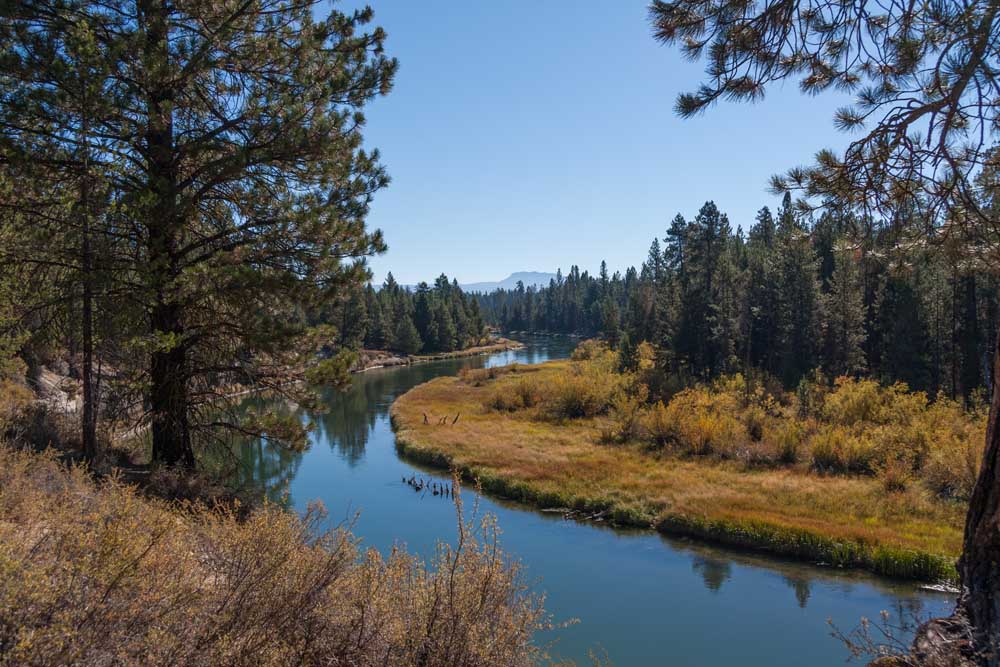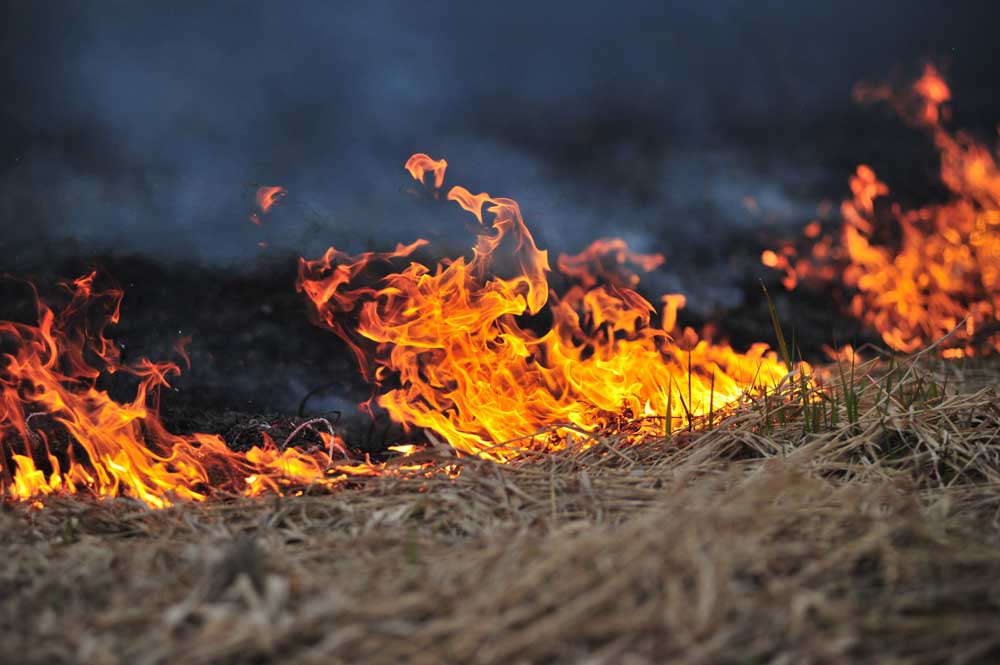Small Town Strong
Published 12:00 am Saturday, March 31, 2018

- Small Town Strong
Incorporated in 2006, La Pine is technically Central Oregon’s youngest city, although a quick glance at the region’s rich history may suggest otherwise. La Pine doesn’t come across as a town built during the age of the Internet and smartphones. The infrastructure is quaint. The traffic is mellow. And the surrounding wilderness holds La Pine in the palm of its hand, at a higher elevation than any other city in Central Oregon.
The relatively small population, about 1,800, allows for a different community experience as compared to Bend, just 30 miles away with 50 times the number of residents. The difference means more streamlined communication between the townspeople and the local government. Not to suggest barging into La Pine Mayor Dennis Scott’s office without notice, but sending an email directly to him will likely bring a timely response from the mayor himself.
Accessibility is key in a budding town such as La Pine. Visitors and community members who wander into the Chamber of Commerce will likely be greeted by the bright smile of Teri Myers, executive assistant, or hear the welcoming voice of Executive Director Ann Gawith. While finding information and helpful people in La Pine might come easy in 2018, it wasn’t always that way.
Beautiful scenery aside, the high elevation and remoteness of this seven-square-mile town made it a challenging place for early settlers. According to the book History of La Pine Pioneers, the first settlers were actually French trappers and fur traders in 1825. The area, then known as Rosland, was a tricky basin, only navigated by a small number of adventurous exploration parties.
As the decades went by, what would become the compact town saw a slow uptick in passing wagon trains and road prospectors. Although lush with resources and fertile ground, the land continued to offer a number of serious issues. One main concern for any Rosland settler, soldier, or miner in the mid-1800s was Chief Paulina of the Walapi Tribe of Snake Indians. History of La Pine Pioneers described Chief Paulina as a strategic marauder. He was well known in Central Oregon for terrorizing settlers, burning ranch houses, driving off cattle, and a rampant tendency to raid and rob anyone traveling through the area. It seems peculiar, then, that the name lives on in Paulina Lake, Paulina Creek, and Paulina Falls.
These rich tidbits of local history on the hundreds of families, homesteaders, and explorers who all played their part in creating the La Pine of today describe an amazing transition from a time when basic travel could be detrimental or even fatal to the friendly and easygoing community that now exists.
The city is currently working away at several improvements. St. Charles Health System is in the final stages of building a brand new $5 million family clinic in La Pine. Representatives of St. Charles recently announced that the new facility, set to open in April 2018, will serve not only La Pine residents but “nearby underserved communities, including Sunriver, Gilchrist, Crescent, Chiloquin, Chemult, Christmas Valley, Silver Lake, and Fort Rock.”
Just down the road from the St. Charles Family Care Clinic, University of Oregon’s Sustainable City Year Program is teaming up with the City of La Pine to reinvigorate a modest stretch of Huntington Road. The goal of this project is to develop a proper downtown area, injecting more vigor and establishing a vibrant locus for the steadily growing community.
While the progress is chugging along, slowly but surely, the young city of La Pine has come a long way, from wagon trains and homesteaders to a fruitful, modern community. Some cities seem to spring up overnight, like weeds. Others require more time to develop. La Pine has managed to continue growing without ever losing its “Small Town Strong” culture. •








